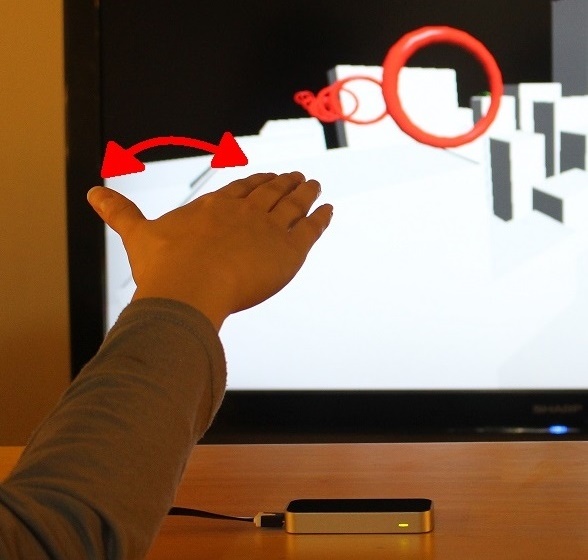
Emerging novel 3D interaction technologies allow precise tracking of bare hands and fingers, but due to the differences between these devices and traditional trackers, it is not clear how to design effective interaction techniques using these technologies. Using the Leap Motion Controller, we designed travel techniques with bare-hand interaction. We prototyped both unimanual and bimanual techniques using various metaphors (e.g., airplane and camera-in-hand), control mappings (position- vs. rate-control), camera movements (scene vs. camera dependent) and methods for speed control. Based on our experiences with these prototypes, we discuss the challenges and design issues for bare-hand interaction techniques. We present the results of a user study comparing the usability of five representative techniques for three travel tasks: absolute travel, naïve search and path following. We found that the limited workspace of the Leap caused movements with the camera-in-hand metaphor to be faster and less accurate, making it more effective for search but less effective for path following tasks. In addition, the Leap’s ability to precisely track small finger movements benefited the usability of continuous speed control techniques.
